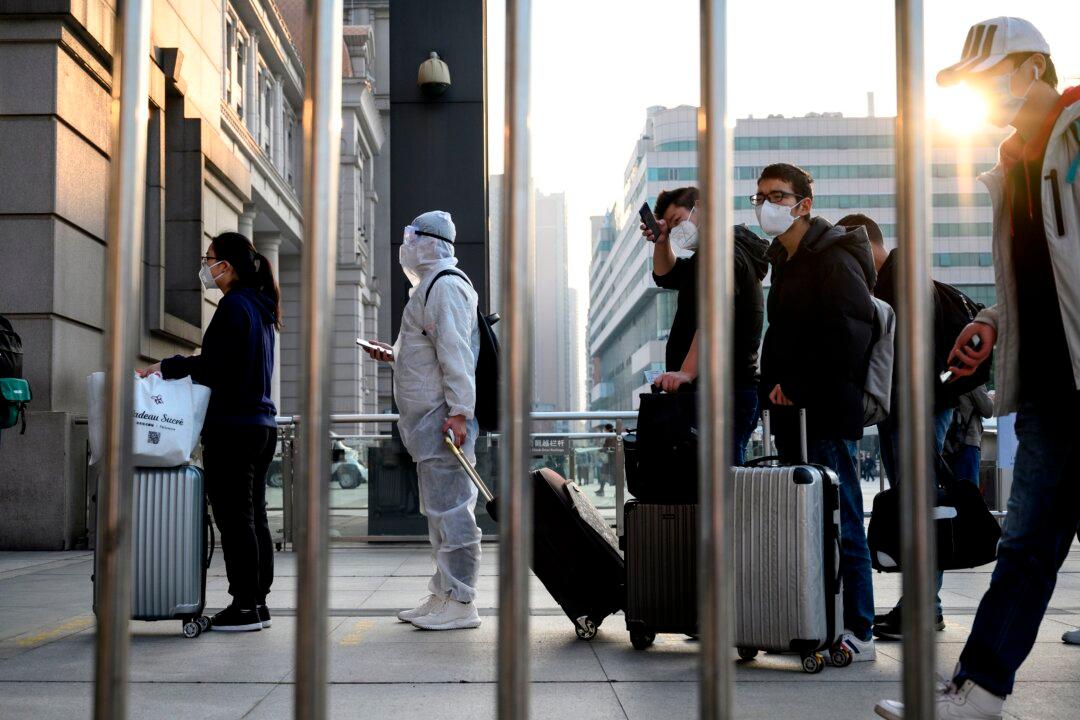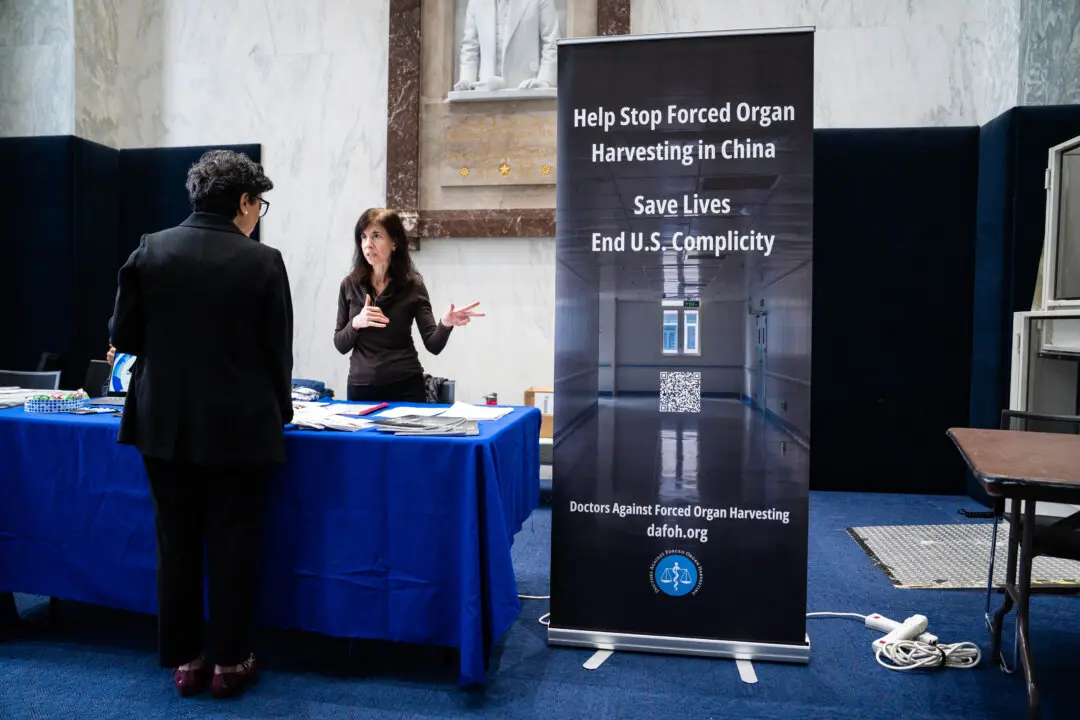Tens of thousands of people rushed to leave Wuhan, the world’s CCP virus epicenter, after the city lifted a 76-day quarantine on April 8.
The reopening saw crowds unseen since Jan. 23, when the Chinese Communist Party (CCP) ordered a lockdown of the city and its 11 million residents. Drivers had already queued up on expressways well before the clock reached midnight, when officials were set to relax travel controls.





